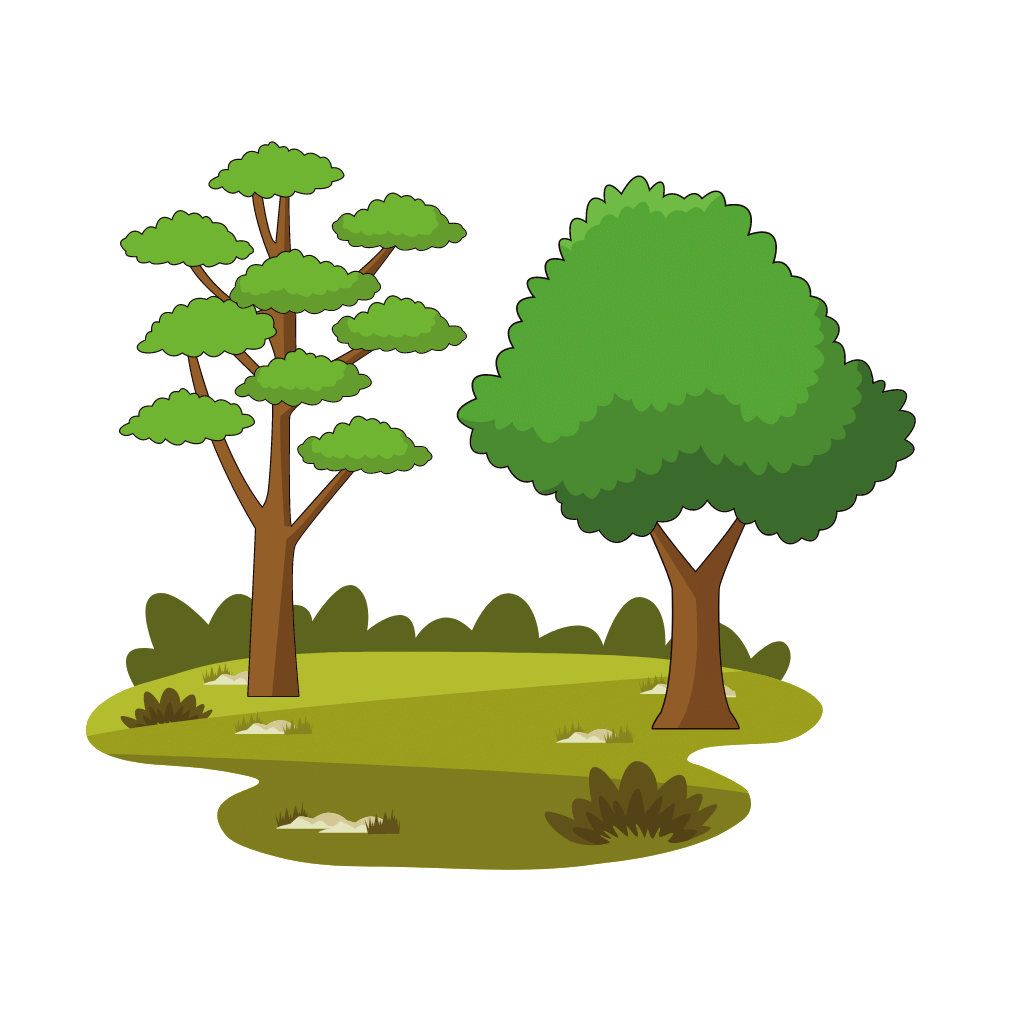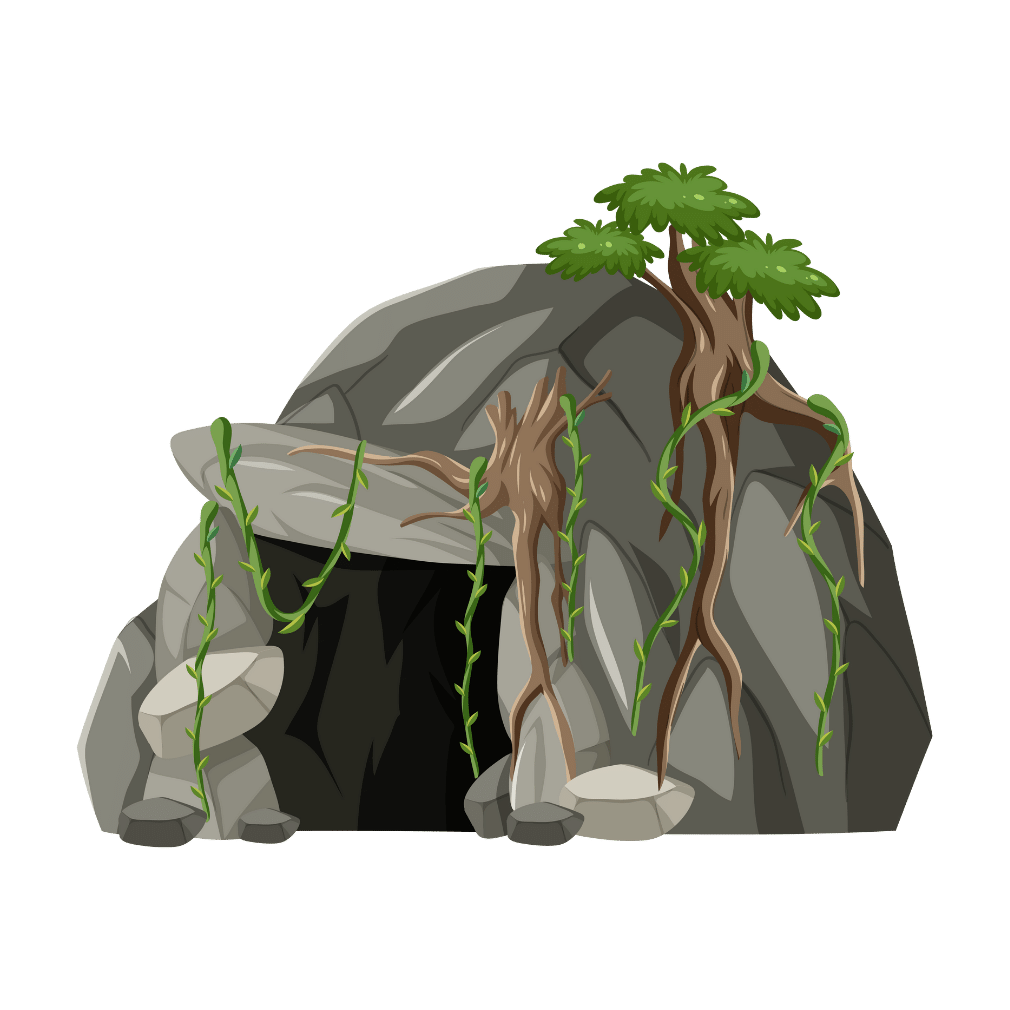Tourism in Borjomi is an ideal activity for eco-tourism and family relaxation. According to local statistics, most tourists come from the CIS countries, Poland, and Germany. Birdwatching, amateur botany, and geological interests are among the natural activities that attract visitors.
Borjomi is a thermal spa resort located in the southern region of Samtskhe-Javakheti, which you can visit while traveling in Georgia. This picturesque valley, home to 10,500 residents, is situated along the banks of the Agura River at an altitude of 800 meters. Borjomi enjoys an international reputation thanks to its geothermal mineral spring water resources. Its accessible location in the beautiful Lesser Caucasus Mountains attracts nature-seeking tourists looking for escape and enlightenment tourism opportunities year-round.
Mineral waters in Borjomi were first mentioned centuries ago but gained widespread fame when the daughter of Yevgeny Golovin, the deputy of the Russian emperor in the Caucasus, was healed there. The Yekaterinsky spring and the Yevgenievsky springs are named after them, respectively.
Borjomi mineral water has become a well-known brand and a calling card for Georgia. The therapeutic properties of the sulfuric waters have proven beneficial directly for the digestive system and metabolism. Today, it is sold in about 30 countries. Samples and the brand's history can be found at the Local Traditions Museum. The main source of water is located in Borjomi Central Park.
There are dozens of health spas, recreational complexes, and lounges in Borjomi, all located close to Central Park.
The tourist information center in downtown Borjomi provides maps and information about famous attractions in the park, hiking trails, and walking tours. The center will also recommend accommodation according to your preferences.
Famous Tourist Spots in Borjomi
The Central Borjomi Park was renovated and reopened in 2005. The park has an ecological character and features recreational playgrounds for children, a swimming pool, and a cinema. There is also a cable car that leads to a spectacular viewpoint.
Another attraction is the odd statue of Prometheus standing at the base of a small waterfall. Spectators are often entertained, if not perplexed, by this seemingly conciliatory representation of the twisted giant.
The Borjomi Gorge is rich in architectural landmarks. Here you can find remnants of Christian culture dating back centuries, such as the St. George Monastery and the St. Spiridon Monastery of Trimythous (10th century). The St. George Church, built in 1333, is located in the small village of Daba. The church is adorned with Georgian ornaments and stone corbels.
There is also the Assumption of the Virgin Mary Church in Timotesubani, located in the Borjomi Gorge, which is visited annually by most Christian pilgrims on August 28.
The castles of Sali, Peter, and George are equally impressive. These fortifications held strategic military importance, and excavations have uncovered artifacts from the Middle Ages.
You can learn more about the history and culture of Borjomi by visiting the Borjomi Local Traditions Museum, which houses over 40,000 pieces and exhibits spanning several centuries.
The Highlights of Tourism in Borjomi
The citizens of Borjomi celebrate Borjomoba, the city's festival, in late September. This large outdoor festival is a wonderful way to taste the regional Georgian cuisine, crafts, Georgian arts, and traditional folk music and dances. Excursions to Akhaltsikhe, Aspindza, and the cave city of Vardzia can be made via marshrutkas or through organized tours.
Akhaltsikhe and Aspindza exemplify Georgia’s multicultural heritage. Both feature Ottoman, Arab, and Persian architectural influences.
Nearby, Vardzia is an impressive monastery complex carved into the side of a steep cliff, still inhabited by monks. The complex dates back to the 12th century.
Nature of Borjomi
Borjomi-Kharagauli National Park is located on the edge of the Borjomi area and extends to the village of Kharagauli. This vast area of pine forests occupies nearly 1% of Georgia's total land area. The park is divided into six regions, each with well-maintained trails through pristine forests containing endemic plants and animals and unique ecological diversity. Camping facilities are well-developed, with enough large spaces to accommodate families.
Lake Kakhisi is a popular day trip located a short drive from Borjomi. The lake is warm enough for swimming in the summer, and its beaches are open for camping. Hikers enjoy the journey from the village of Chobiskhevi, which offers interesting views of abandoned Soviet relics, ancient pagan stone menhirs, and burial chambers.
Accommodation and Spa During Tourism in Borjomi
Many hotels in Borjomi offer full spa services and treatments with sulfur and mineral baths. The cost of a night’s stay often includes full board with access to a swimming pool, fitness hall, billiards, and other amenities.
Regional variations of Georgian dishes can be found in most restaurants while tourism in Borjomi. Items like tolma (stuffed cabbage), shashlik and kebabs, cheese, and lavash bread indicate a heavy Armenian influence due to Borjomi’s proximity to the Armenian border.
Access and Getting Around While Touring Borjomi
Borjomi’s convenient layout allows for easy travel and enjoyment of the site. Taxis are readily available and affordable on the street, but can be secured via phone for a slightly lower price. Bicycle rentals have become increasingly popular in recent years, with kiosks located on main roads and in Borjomi Central Park.
The most popular means of transportation in and out of Borjomi is by train. Georgian railways offer service from Tbilisi to Borjomi in the morning, returning in the evening daily.
Marshrutkas (minibuses) from Batumi, Kutaisi, Zugdidi, and Tbilisi have multiple daily routes to Borjomi and surrounding areas from 7 AM to 10 PM. Overnight marshrutkas are available, departing from the Didube Station in Tbilisi and the train station in Batumi.


.png?locale=en)











.png?locale=en)


